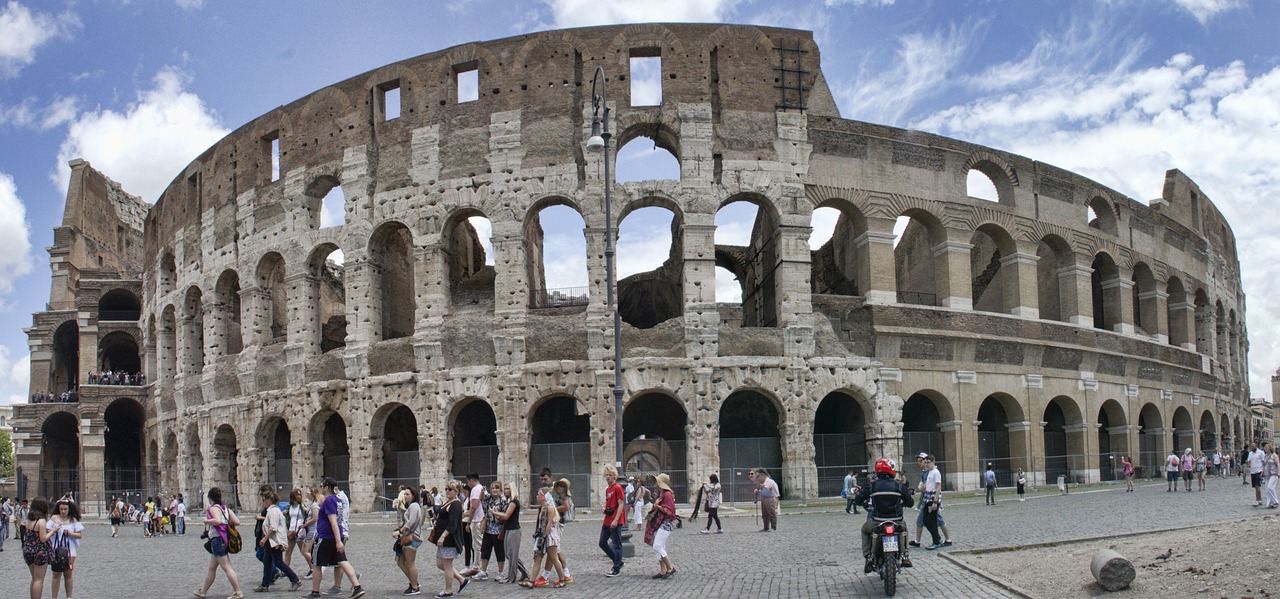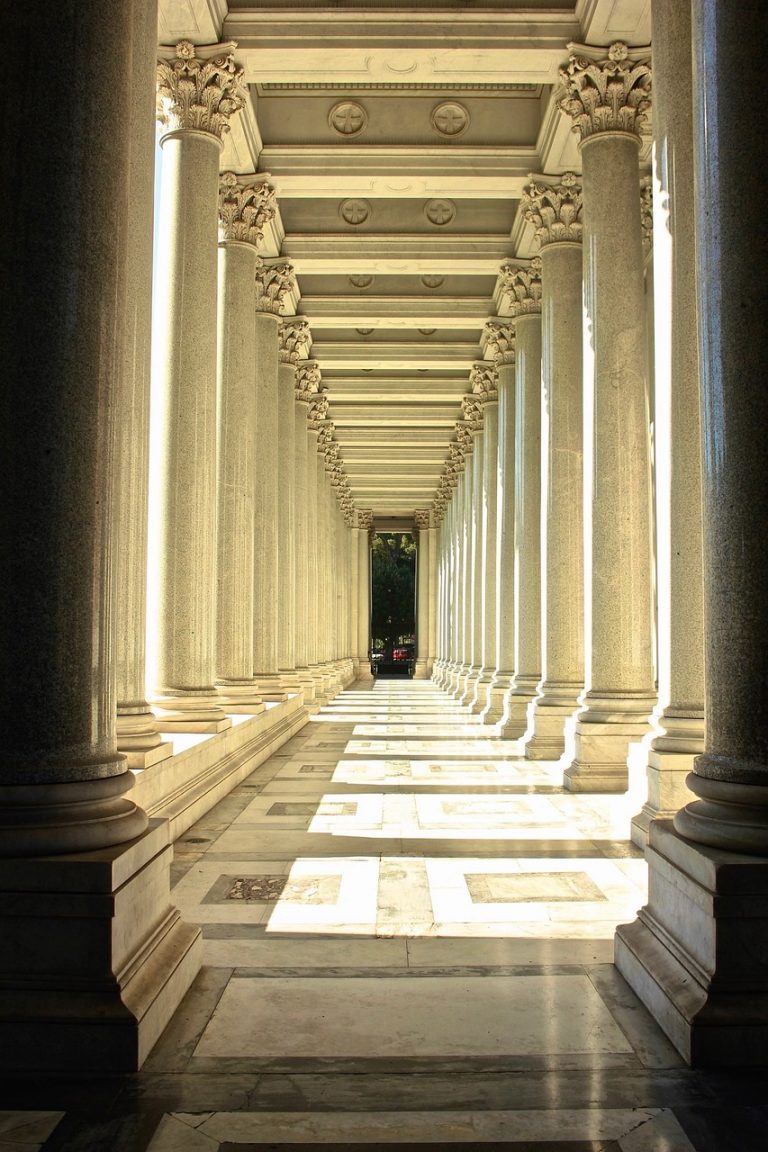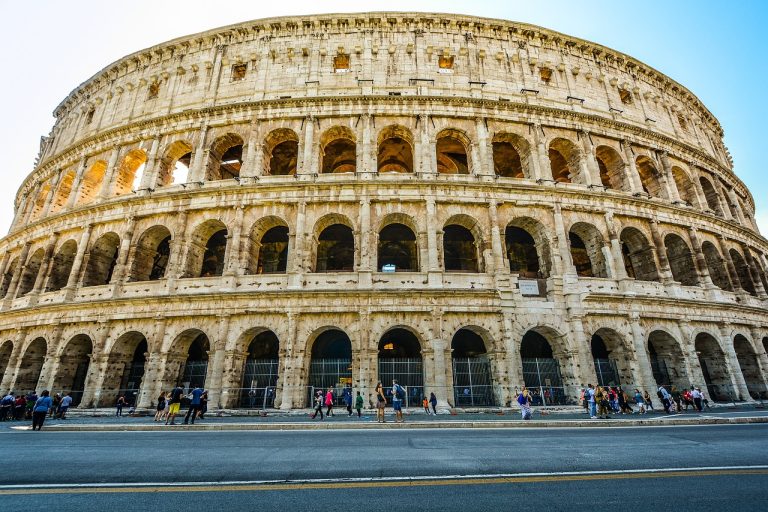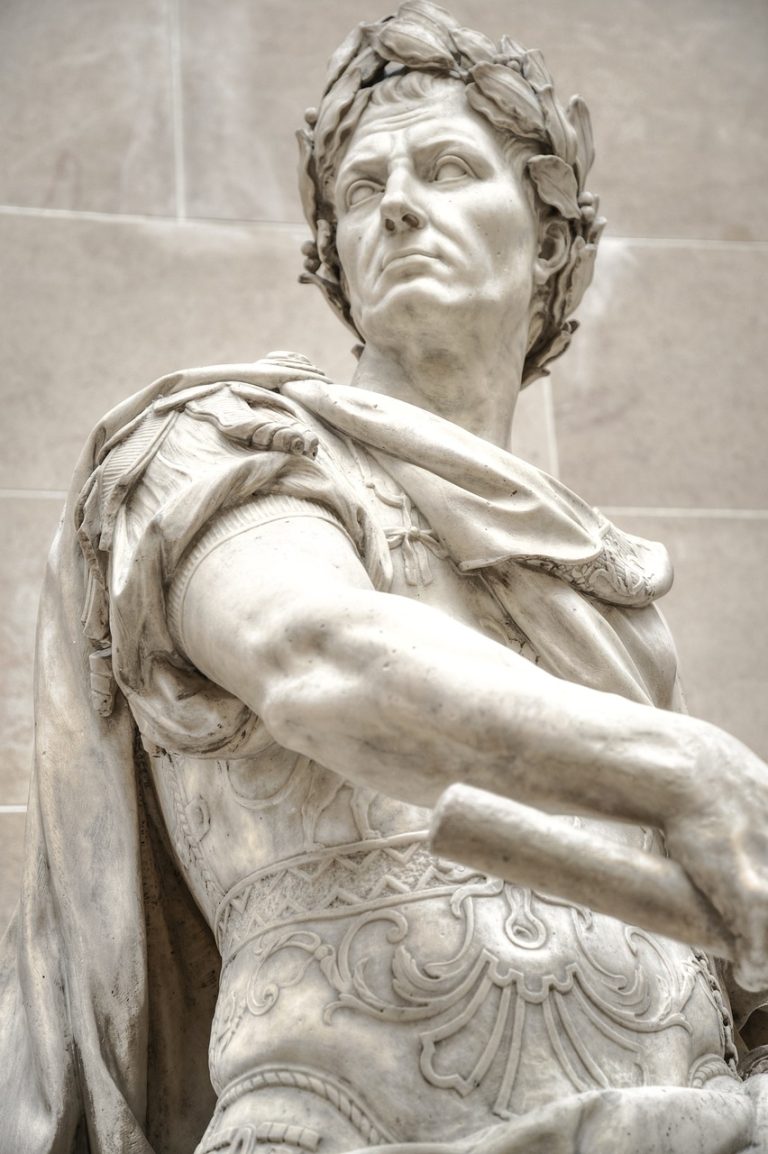Rome Italy Video
Villa Borghese
Located in the heart of Rome, Villa Borghese is a magnificent retreat that offers a blend of natural beauty and cultural attractions. Spanning over 80 hectares, this lush park is home to stunning gardens, fountains, and sculptures that provide a serene escape from the bustling city.
- Gardens: The park is renowned for its beautifully manicured gardens, featuring a diverse range of flora and fauna. Visitors can stroll along the tree-lined paths, relax on the well-maintained lawns, or enjoy a picnic in the shade.
- Galleria Borghese: Within the park, you’ll find the Galleria Borghese, an art gallery that houses an impressive collection of Renaissance and Baroque masterpieces. Art enthusiasts can admire works by renowned artists such as Caravaggio, Bernini, and Raphael.
- Lake and Temple of Aesculapius: Villa Borghese is also home to a picturesque lake where visitors can rent rowboats and enjoy a leisurely ride. At the center of the lake, you’ll find the Temple of Aesculapius, an ancient Roman temple dedicated to the god of healing.
Rome Italy Image 1:

Piazza Navona
Piazza Navona is a charming square located in the historic center of Rome. Known for its stunning Baroque architecture and vibrant atmosphere, it is a popular gathering place for both locals and tourists.
- Fountains: The square is adorned with three magnificent fountains, each with its own unique design and history. The most famous is the Fountain of the Four Rivers, created by Gian Lorenzo Bernini, which represents the four major rivers of the world.
- Street Performers: Piazza Navona is often filled with street performers, adding to the lively ambiance. Visitors can enjoy live music, mime acts, and other entertaining performances while exploring the square.
- Cafés and Restaurants: The square is lined with charming cafés and restaurants, offering a variety of dining options. Whether you’re looking for a quick espresso or a leisurely Italian meal, Piazza Navona has something to satisfy every palate.
Roman Forum
The Roman Forum, located in the heart of ancient Rome, is a sprawling archaeological site that offers a glimpse into the city’s rich history. Once the center of political, religious, and commercial life, it is now a captivating open-air museum.
- Arch of Titus: One of the most prominent structures in the Roman Forum is the Arch of Titus, built to commemorate the emperor’s victories. The arch is adorned with intricate reliefs depicting scenes from the Jewish War.
- Temple of Saturn: The Temple of Saturn, dedicated to the Roman god of agriculture, was one of the most important religious buildings in ancient Rome. Although only a few columns remain, it still evokes a sense of grandeur.
- Basilica of Maxentius and Constantine: This impressive basilica was once the largest building in the Roman Forum. Visitors can explore the ruins of the basilica and admire its towering arches and intricate marble decorations.
Rome Italy Image 2:

Trevi Fountain
The Trevi Fountain is one of Rome’s most iconic landmarks and a must-visit for any traveler. Known for its grandeur and beauty, it attracts millions of visitors each year who come to toss a coin and make a wish.
- Baroque Architecture: The fountain is a masterpiece of Baroque architecture, featuring intricate sculptures and ornate details. The central figure is Oceanus, the god of the sea, surrounded by tritons and other mythical creatures.
- Throwing Coins: According to tradition, throwing a coin into the Trevi Fountain ensures a return to Rome. Visitors should stand with their back to the fountain, toss the coin over their left shoulder with their right hand, and make a wish.
- Night Illumination: The fountain is particularly enchanting at night when it is illuminated, creating a magical atmosphere. Take a leisurely stroll in the evening to experience the Trevi Fountain’s beauty in a different light.
Vatican Museums
The Vatican Museums are a treasure trove of art and history, housing one of the world’s most extensive collections. With over 20,000 works on display, they offer an immersive journey through centuries of artistic achievements.
- Sistine Chapel: The Sistine Chapel is the crown jewel of the Vatican Museums, renowned for its stunning frescoes painted by Michelangelo. Visitors can admire the famous ceiling painting, “The Creation of Adam,” and marvel at the Last Judgment.
- Gallery of Maps: This gallery features a series of painted maps depicting the regions of Italy during the 16th century. The intricate details and vibrant colors make it a captivating display of cartography.
- Raphael Rooms: Named after the renowned artist Raphael, these rooms showcase his frescoes and are considered a masterpiece of High Renaissance art. The School of Athens, one of Raphael’s most famous works, can be found here.
Rome Italy Image 3:

Colosseum
The Colosseum is an iconic symbol of ancient Rome and an architectural marvel. Built in the 1st century AD, it was the largest amphitheater ever constructed and hosted gladiatorial contests, animal hunts, and other spectacles.
- Architecture: The Colosseum’s design is a testament to Roman engineering and craftsmanship. Its elliptical shape, towering arches, and tiered seating allowed for efficient crowd management and optimal viewing of the events.
- Underground Chambers: Beneath the Colosseum, a network of underground chambers and tunnels provided storage for props, cages for animals, and waiting areas for gladiators. Visitors can explore these subterranean areas to get a glimpse of the behind-the-scenes workings.
- Historical Significance: The Colosseum witnessed countless spectacles and played a significant role in Roman society. It is a testament to the grandeur and brutality of ancient Rome, showcasing the cultural and historical legacy of the empire.
Pantheon
The Pantheon is an architectural marvel and one of the best-preserved ancient Roman buildings. Originally built as a temple, it is now a church and a testament to the ingenuity of Roman engineering.
- Dome: The Pantheon’s dome is a masterpiece of engineering, known for its perfect symmetry and the oculus, a circular opening at the top that allows natural light to illuminate the interior. The dome’s construction techniques still inspire architects today.
- Tomb of Raphael: Inside the Pantheon, you’ll find the tomb of the renowned artist Raphael, who was buried here in 1520. It serves as a final resting place for many notable figures in Italian history.
- Interior Design: The Pantheon’s interior is adorned with beautiful marble and intricate details. The grandeur of the space, combined with the natural light streaming through the oculus, creates a serene and awe-inspiring atmosphere.
Spanish Steps
The Spanish Steps is a famous landmark in Rome, consisting of 135 steps that connect the Piazza di Spagna at the base with the Trinità dei Monti church at the top. It is a popular meeting place and a favorite spot for locals and tourists alike.
- Scenic Views: From the top of the Spanish Steps, visitors can enjoy panoramic views of the city, including the rooftops of Rome and the charming streets below. It is an ideal spot to relax and take in the beauty of the surroundings.
- Designer Boutiques: The area surrounding the Spanish Steps is known for its luxury shopping, with numerous designer boutiques and high-end fashion stores. Fashion enthusiasts can indulge in a shopping spree along the elegant Via dei Condotti.
- Keats-Shelley House: At the foot of the Spanish Steps, you’ll find the Keats-Shelley House, a museum dedicated to the Romantic poets John Keats and Percy Bysshe Shelley. It houses a collection of manuscripts, letters, and personal belongings of the poets.
Circus Maximus
Circus Maximus was the largest chariot racing stadium in ancient Rome, capable of accommodating up to 250,000 spectators. Today, it is an expansive public park that offers a tranquil retreat from the city’s hustle and bustle.
- Historical Significance: Circus Maximus played a significant role in ancient Roman entertainment, hosting thrilling chariot races and other spectacles. Its vast size and architectural features make it an important archaeological site.
- Picnic Areas: The park offers ample space for picnics, with grassy areas and shaded spots where visitors can relax and enjoy a meal. It’s a popular spot for locals to gather with friends and family on sunny days.
- Walking and Jogging Paths: Circus Maximus features paved paths that are perfect for a leisurely stroll or a jog. Visitors can take in the panoramic views of the surrounding area while enjoying some exercise.
Conclusion
Rome, Italy’s most intimate luxurious retreats, offer a diverse range of experiences for travelers seeking both relaxation and cultural immersion. From the serene gardens of Villa Borghese to the grandeur of the Colosseum, each retreat provides a unique glimpse into the city’s rich history and architectural wonders. Whether you’re exploring the ancient ruins of the Roman Forum or tossing a coin into the Trevi Fountain, Rome offers an unforgettable journey through time.
References
- petitpalace.co.uk
- vatican.va
- italyguides.it
- rome.net
- parcoarcheologicocircomaximo.it






